Functional training is a noteworthy phrase that is currently floating around amongst physical therapists, fitness professionals and gym-goers alike.
It’s a style of training, strength, and movement that is currently being promoted and recommended… and with good reason! Our bodies were designed to move.
One of the main pillars of functional training is the idea of training movements rather than muscles.
Functional training involves making strength and mobility related gains in the gym that transfer to better and easier production of your normal everyday activities with less risk of injury.
Basic functional movement patterns include squatting, pushing, pulling, rotating, carrying, hinging, and a variety of gait patterns. Whether you realize it or not, you’re performing these movements multiple times throughout the day.
Why not train smart and implement exercises into your training regimen that will help you to simply move better and perform daily functions with greater ease?
It is widely accepted that bodyweight training and suspension training (TRX) are more functional than any controlled, grounded exercises, such as a machine. Likewise, free weights, resistance bands, medicine balls, cables, swiss balls, and kettlebells are considered functional pieces of equipment.
Functionality exists on a continuum. This continuum includes low, medium/moderate, and high/total functionality. Total functionality varies from individual to individual based on their sport-skill or daily activity that is in need of close replication.
Prone hamstring curls and single arm overhead extensions are examples of low functional exercises. They are low function because they are not similar to any movement or activity that we do regularly.
Cable torso rotations are an example of a moderately functional exercise due to the fact that they could be considered highly functional by some individuals and low functioning for others.
To explain further, cable torso rotations would be low functioning for individuals with lower back issues/injuries, but high functioning for tennis players as this replicates a movement that they perform regularly.
Step-ups and box squats are highly functional exercises for the majority of gym-goers as they are exercises that replicate movements performed daily such as climbing the stairs or repeatedly sitting down and standing up.
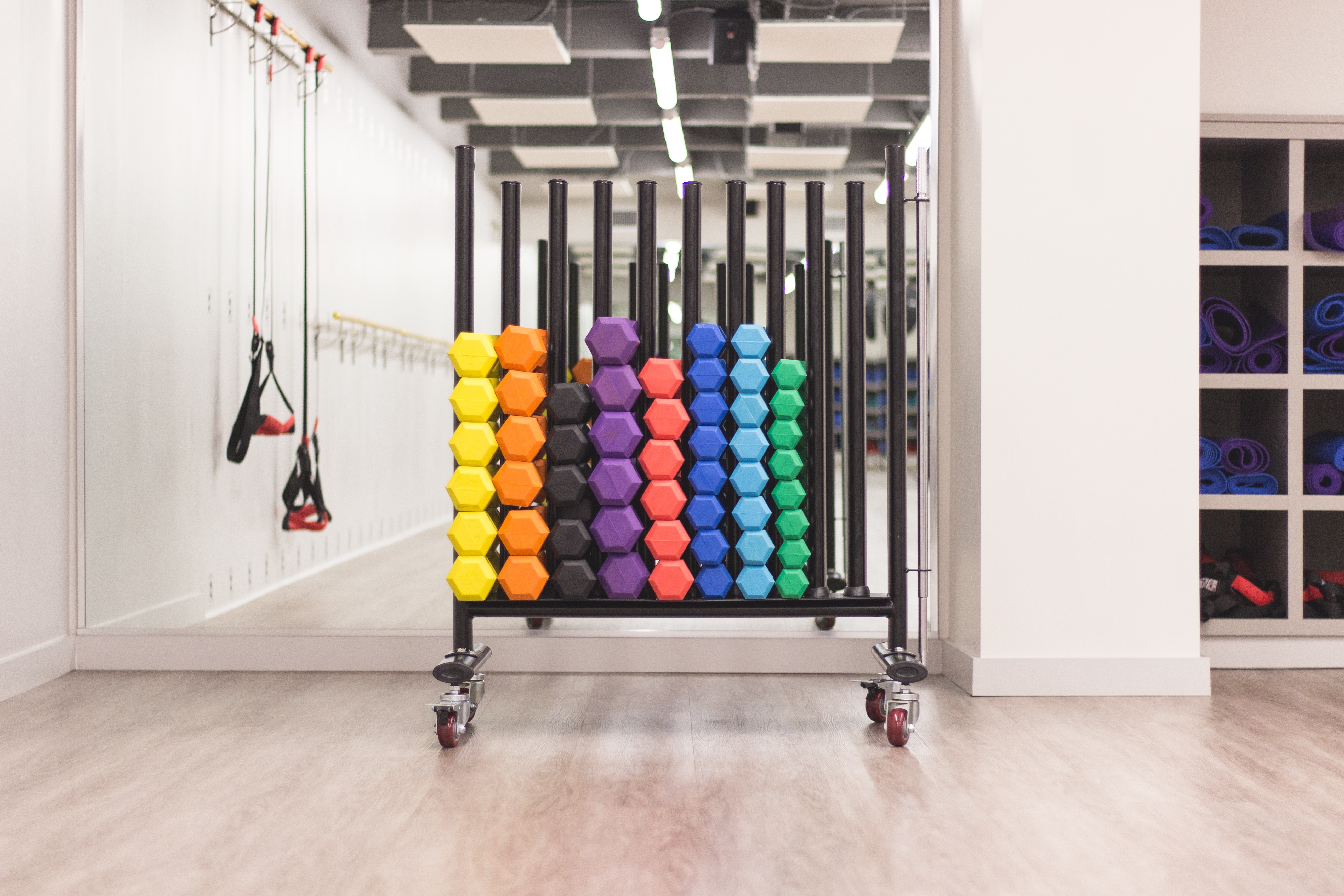
Why does it matter?
Everyone can benefit from it! This training methodology and trend applies to all populations, but is especially beneficial for athletes, seniors, pregnant individuals, and those in rehabilitative / pre-habilitative (injury prevention) care.
Functional training also benefits those who seek or need improvements related to balance, neuromuscular coordination, and stability.
Another reason why it matters is because it takes our bodies and design as humans into consideration. Put more simply, human movement doesn’t typically recruit just one muscle group at a time, and it isn’t limited to just one plane of motion either, so why should your workouts be that way?
Functional training isn’t a perfect, catch-all regimen, especially if your sole goal is to make tremendous strength gains and have the aesthetics of a bodybuilder, but it is a great supplement to your traditional resistance training.
To make a traditional full-body workout more functional, try these swaps below:
1. Box squats rather than leg extensions
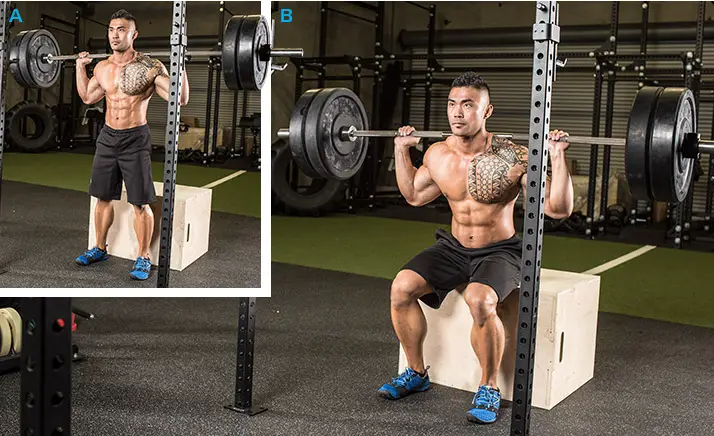
Image credit:bodybuilding
2. Single leg step-ups rather than cable glute kickbacks
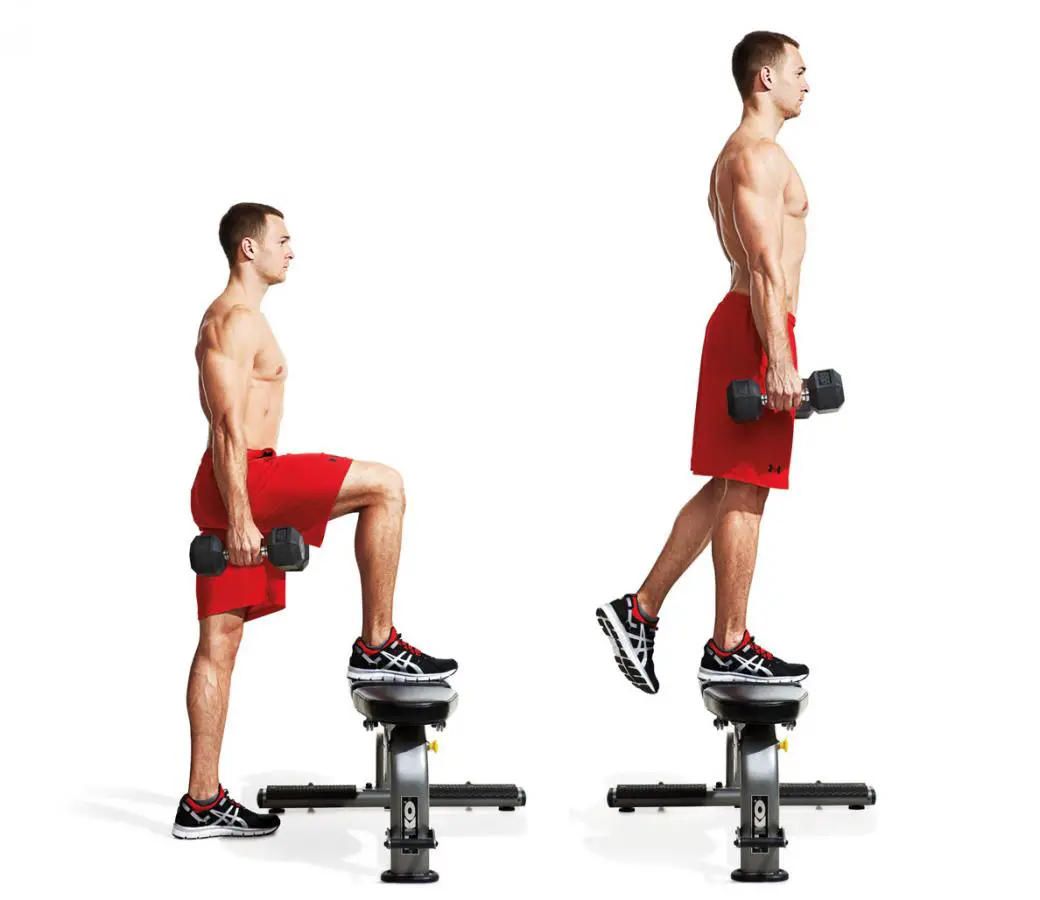
Image credit: Men’s Fitness
3. Chin ups rather than concentration curls or lat pulldowns
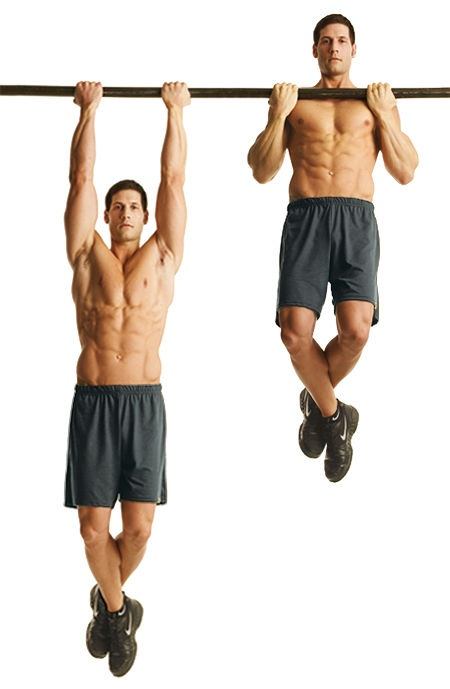
Image credit: Quora
4. Push-ups rather than bench presses
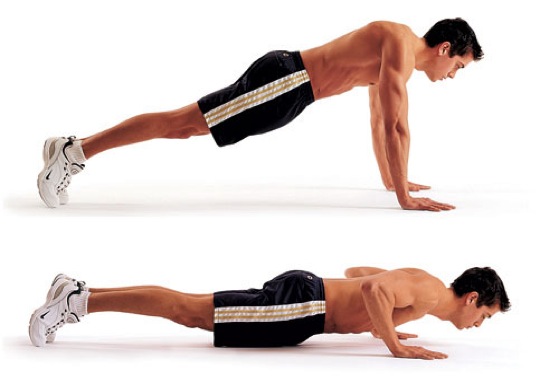
Image credit: SpeedEndurance
5. TRX rows rather than bent over barbell rows
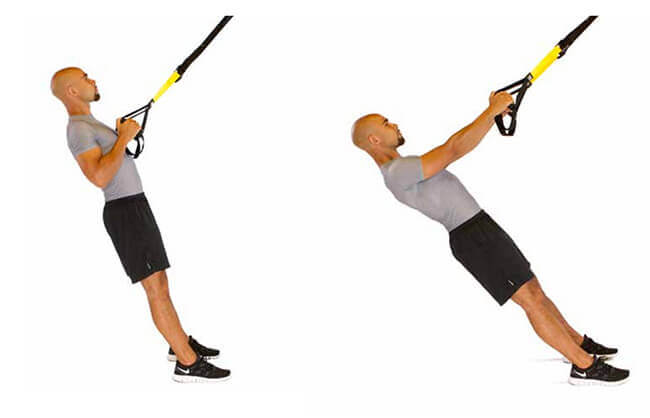
Image credit: coretrainingtips
6. Deadlifts rather than back extensions
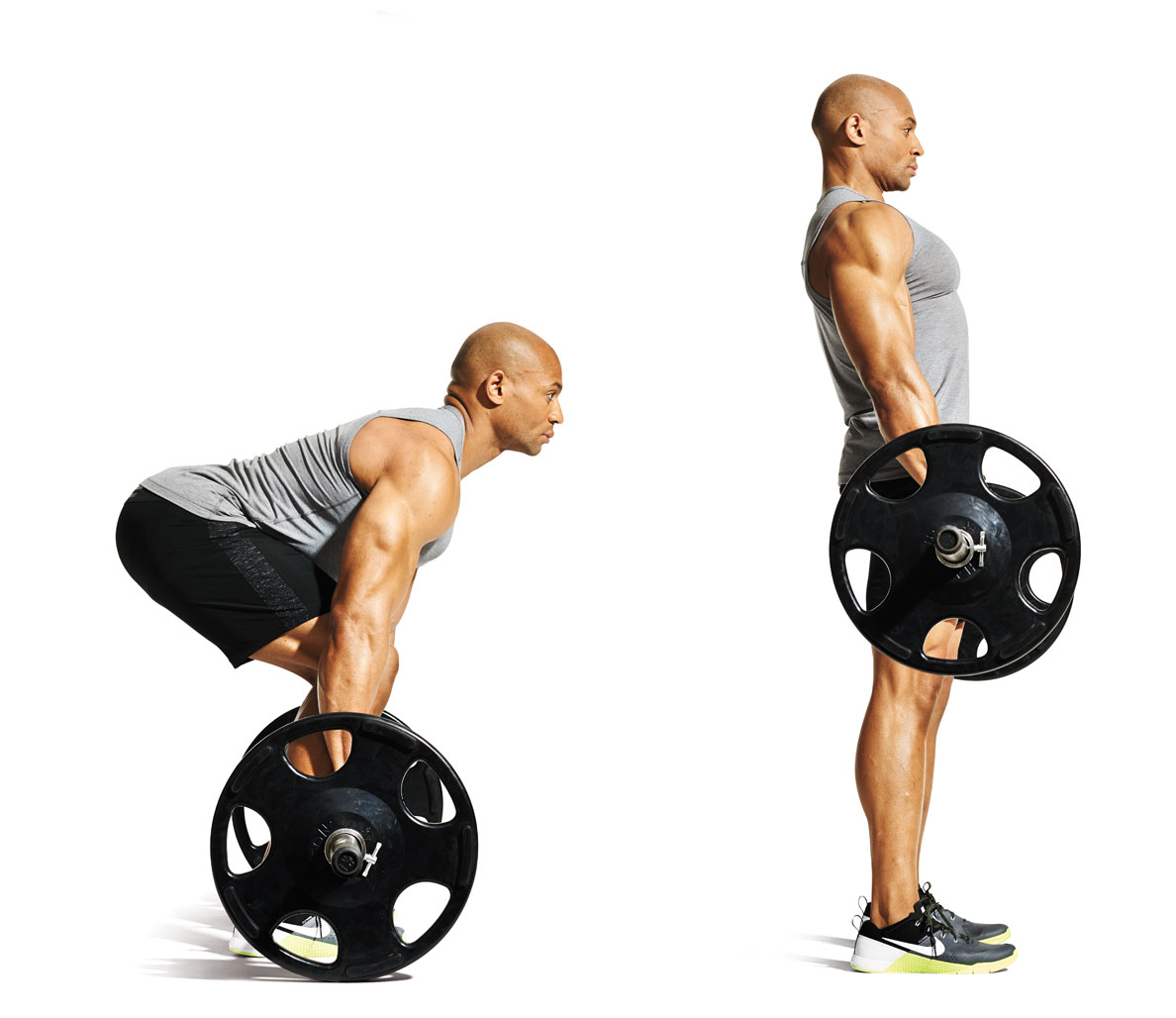
Image credit: Men’s Fitness
7. Dumbbell reverse lunge and chop rather than russian twists
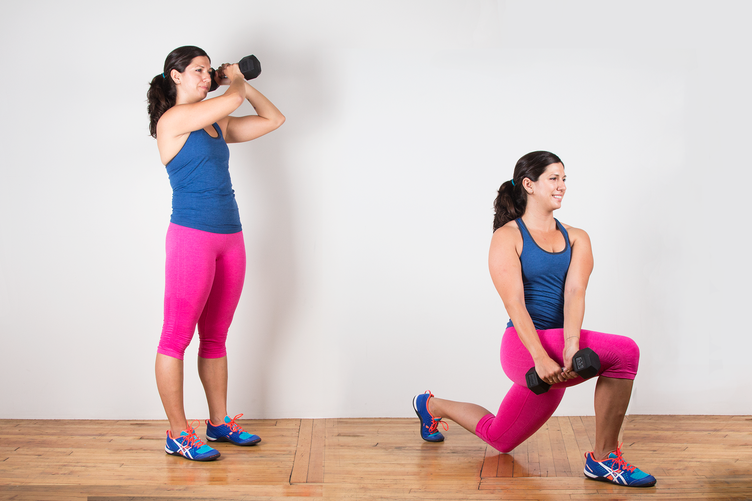
Image credit: Greatist
Keep in mind that machines and isolation exercises still have their place in programs and variety plus consistency is the key to success, change in body composition, and growth. Consider your overall fitness goals.
If you’re thinking of making more functional swaps in your programming, consider multi-joint, compound exercises that are similar to movements you do daily or would strengthen movements you do daily.
Never completely disregard any exercise or type of exercise, unless it’s deemed unsafe, causes pain, or puts you at risk or further risk of injury.










